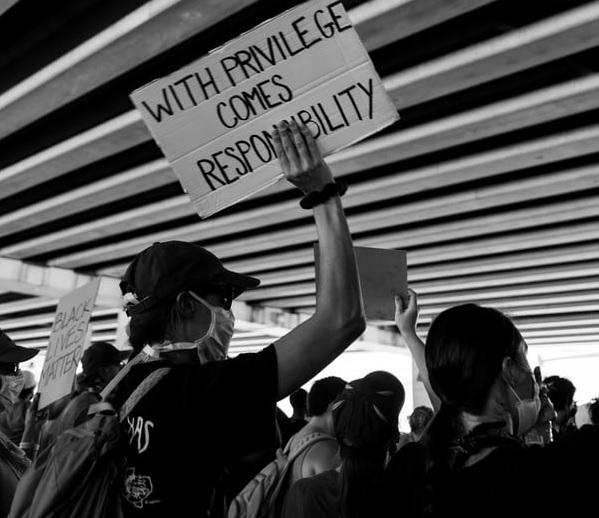
Hi everyone. This post may be shorter and more disjointed than usual. Like many of you, I have been affected by all the human rights violations in Palestine, including the murder of Palestinian children. Here are some ways you can help. If you need more information, Decolonize Palestine is a great resource.
I’ve also been thinking of the CDC’s recommendation that fully vaccinated people can go mask-free. While this seems like progress, it moves us out of a “we’re all in this together” mentality and back into an “individual choice” sort of deal, which will endanger more lives. It furthers the issue identified in this article, which highlights how the CDC switched its messaging from how wearing masks protects others, to one that emphasizes individual self-protection.
Continue reading →




